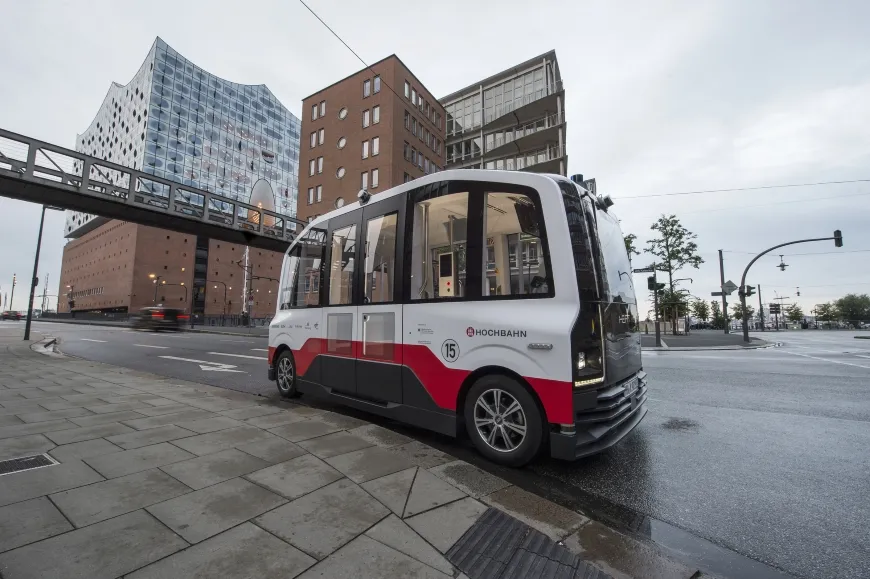The National Association of City Transportation Officials (NACTO) has published its Transit Street Design Guide, produced in collaboration with the Institute of Transportation Engineers (ITE).
ITE has adopted guiding principles that seek ways to improve safety and mobility in the movement of people and goods in the surface transportation system. Integral to that success is the accommodation of all forms of land uses and the associated transportation needs, be they residential, business, recreational, or
April 19, 2016
Read time: 1 min
The National Association of City Transportation Officials (NACTO) has published its Transit Street Design Guide, produced in collaboration with the 5667 Institute of Transportation Engineers (ITE).
ITE has adopted guiding principles that seek ways to improve safety and mobility in the movement of people and goods in the surface transportation system. Integral to that success is the accommodation of all forms of land uses and the associated transportation needs, be they residential, business, recreational, or otherwise.
The concepts presented in the NACTO Guide provide a menu of alternatives for urban areas to adopt in creating people friendly public rights of ways which support both motorised and non-motorised mobility for all. These include many issues faced by ITE members in the planning, design, and operation of transit streets, transit stations and stops, transit lanes and transit ways and intersections.
ITE has adopted guiding principles that seek ways to improve safety and mobility in the movement of people and goods in the surface transportation system. Integral to that success is the accommodation of all forms of land uses and the associated transportation needs, be they residential, business, recreational, or otherwise.
The concepts presented in the NACTO Guide provide a menu of alternatives for urban areas to adopt in creating people friendly public rights of ways which support both motorised and non-motorised mobility for all. These include many issues faced by ITE members in the planning, design, and operation of transit streets, transit stations and stops, transit lanes and transit ways and intersections.









